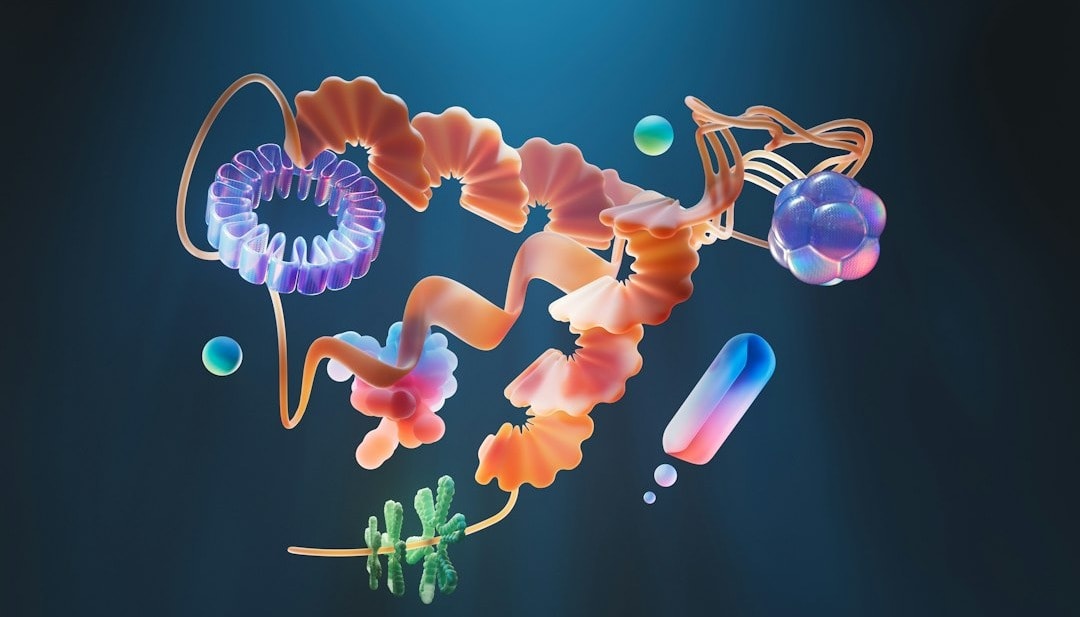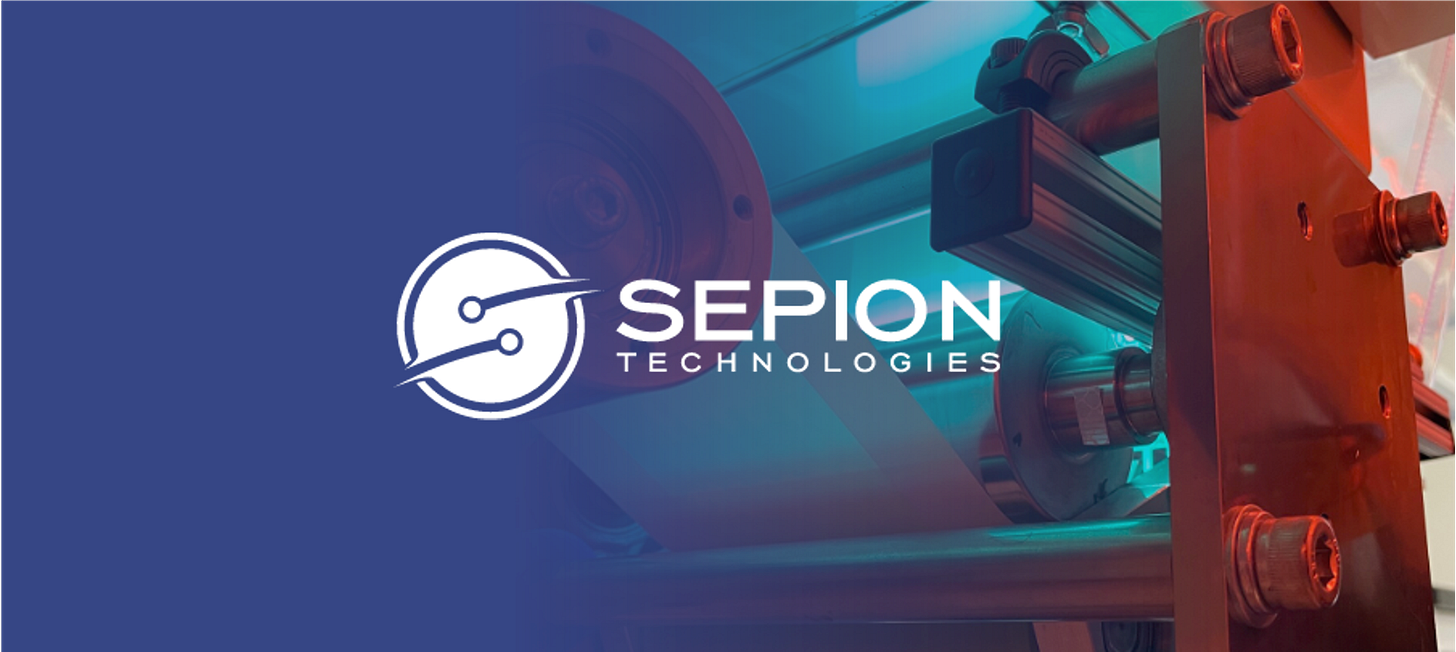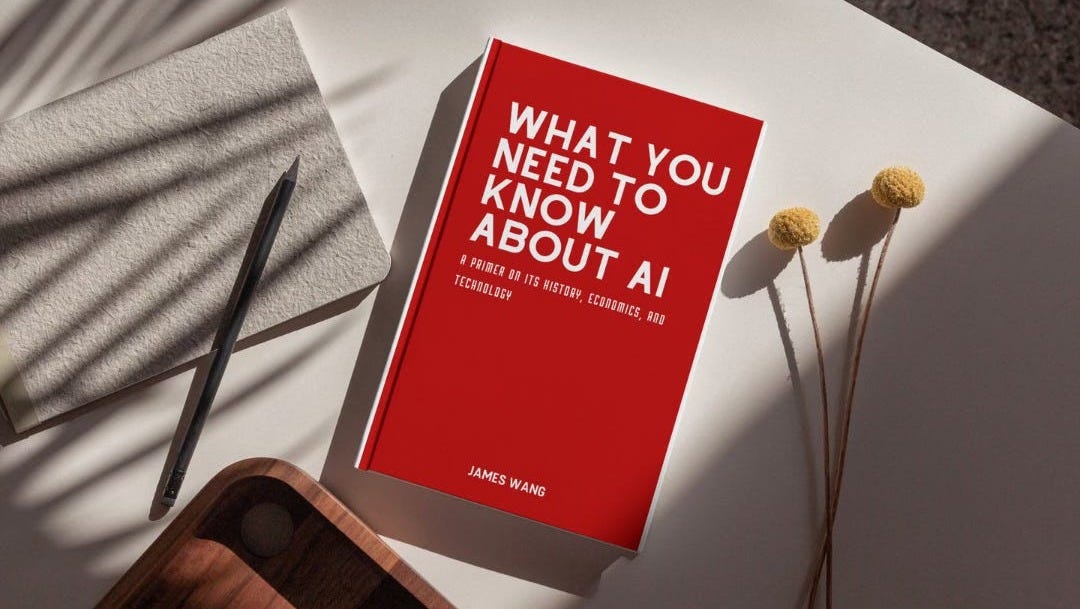Why Biodata and The Secrets of 100-Year-Olds
Exploring our biodata investment thesis with the centenarian biobank as a case study.
Happy New Year everyone! We hope you had a chance to recharge over the holidays. Things were busy here at Creative Ventures as we wrapped up 2024 with two portfolio companies closing their fundraising rounds. It was also a good time to reflect and gear up for the new year. As you know, we sharpened our focus on deep tech in 2024. Learning from Funds I & II, and seeing how LLMs are shaking up the deep tech world, we’re now laser-focused on their impact on the biological and physical worlds – what we call Biodata and Real-world AI.
This newsletter, we’ll dive into Biodata. A recent story perfectly illustrates why we’re so excited about the investment potential.

Biodata: LLMs Unleashing Biology's Potential
It's an incredibly exciting time—for example, see how LLMs are changing the game in biology. You've probably heard about DeepMind's AlphaFold, the protein folding prediction platform. This was a huge win because predicting how amino acid sequences become 3D protein structures helps us understand protein functions and how they potentially interact with other molecules. This has massive implications for everything from drug discovery to optimizing enzymes for industrial or even climate-related purposes (like better carbon capture).
Traditionally, figuring out protein folding meant long hours in the lab with techniques like crystallography. It’s a painstaking process of optimizing protein expression and purification, often involving a lot of trial and error to get those proteins stable enough for X-ray analysis.
AlphaFold is just scratching the surface. In biology, where synthetic data is still pretty unreliable, the quality of the data going into these models is absolutely crucial. The amino acid-to-protein structure problem that AlphaFold tackled is just one small part of the incredibly complex web of biological interactions. That’s why we’re so keen on companies developing tools and platforms to generate the right kind of biological data.
One of biology’s biggest challenges is connecting the dots (or rather, the incredibly intrigue network of connections) between observable traits (phenotypes), functions, and the underlying biological code. There are so many layers of regulation that determining the cause and effect, and the underlying mechanisms, of just one interaction can take up an entire PhD study, and that’s if they’re lucky.
Centenarian cell bank: learning from the biology of those who live past 100.
A few months back, researchers (Dowrey et al., 2024) from Boston University, Tufts Medical Center, and Harvard University published some fascinating work on centenarians—people who live past 100. It’s probably no surprise that these folks are generally more resilient to age-related diseases and have a much lower biological age than their chronological age. The researchers collected blood samples and turned them into induced pluripotent stem cell lines (iPSCs), creating a centenarian cell bank. These iPSCs, made using established protocols, are an incredible resource because they can be turned into different types of tissues, giving us a chance to understand—and maybe even link—biological markers to this exceptional “live long and stay young” phenotype. Imagine finding a common trait in these centenarians, maybe a gene, that could be given to newborns to protect them from age-related diseases and help them live longer, healthier lives.

The science of aging is a big area of research and commercial interest. A 2021 Nature paper by Lin et al., using the UK Biobank data, pointed to genetic variations in insulin signaling and AMP-activated protein kinase signaling pathways as potential contributors to longer lifespans and resistance to age-related diseases. And, of course, “reverse aging” is all over the news, with well-funded companies like Altos, Life Biosciences, and Retro working on ways to reprogram cells and reverse or slow down the aging process.
With resources like the centenarian cell bank, rapid discoveries on the science of aging, and the potential of LLMs to decipher the links between biodata and desirable traits, there’s a tremendous opportunity for those building the next generation of tools for biodata generation and manipulation. They will accelerate the discovery of unprecedented insights, paving the way for transformative therapies.
Why Biodata is Ripe for Investment Now:
Several forces are converging.
Data generation: We're generating more high-quality biological data than ever before, thanks to better tools and engineering breakthroughs.
LLM Power: The advanced model stepping in to make sense of the extremely complex biological interactions, building on existing knowledge like how researchers figured out protein folding with crystallography.
Bio-manipulation: Advanced biotechnology like CRISPR and iPSC that allow us to manipulate biological systems with unprecedented precision.
Think about the centenarian biobank: combining insights from biomarkers, genomics, transcriptomics, proteomics, metabolomics—basically every "-omics" you can think of—and seeing how they all interact, then feeding that into an LLM, and then having the ability to design and deliver targeted therapeutic molecules based on those findings.
That of course is an oversimplification, but you can see how it’s a total game-changer for medicine. Of course, this also raises serious ethical questions, and we absolutely have to be vigilant about potential risks, like whether tweaking certain pathways could inadvertently cause other health problems. But, the potential rewards—longer, healthier lives—make the responsible pursuit of Biodata an incredibly compelling investment.
Portfolio Companies in the News:
The recent news surrounding Northvolt’s bankruptcy has understandably dampened sentiment in the advanced battery sector. However, for us, it reinforces a core investment principle: robust cost structures, feasibility, and execution are absolutely critical. Hype cycles can sometimes obscure these fundamentals, but downturns inevitably bring them back into sharp focus.
Within this same industry, we see a different story unfolding with Sepion, one of our portfolio companies developing polymer membranes for lithium-ion batteries. While their initial value proposition centered on enhanced safety and range, the primary driver for customer engagement over the past year has become cost efficiencies.
We're thrilled to share a significant update: Sepion has secured a major deal with Senior Tech, the second largest manufacturer of lithium battery separators worldwide.
The first product launched from this partnership has the potential to reach 1.2 billion square meters of sales, or roughly 2 million EVs worth of separator—a significant revenue opportunity for Sepion. Senior Tech is a leading supplier of separators to industry giants like CATL, BYD, Volkswagen Group, LG Energy Solutions, and Samsung SDI. This deal represents a substantial validation of Sepion's technology and a major step towards broader market adoption. This reinforces our conviction that the battery sector is gearing for real scalability and that Sepion is well-positioned to capitalize on this growth with their capital-light path to market in partnership with key channel partners.
Book News and Meeting Us In-Person
As many of you know, James has been hard at work writing a book, What You Need to Know About AI: A Primer on its History, Economics, and Technology. The pre-sale is going live very shortly and runs until the first week of February—you can sign up here. As the author of the insightful AI Substack, Weighty Thoughts, James has consistently demonstrated a knack for predicting key trends in the field. This book offers an exceptional opportunity to gain a comprehensive, long-form perspective on AI. We highly recommend checking it out!
If you happen to be at any of these events, in the area, or planning a trip to the Bay Area, we'd love to connect in person!
Both James and Kulika will be in town (Bay Area) during JPM week, Jan 13 - 16.
James will be at iConnections in Miami from Jan 27 - 30.
Kulika will be attending Women in VC in Half Moon Bay from Feb 4 - 6.
James also has plans to travel to Asia, with dates and locations to be confirmed.
We hope this newsletter has given you a good sense of why we're so bullish on Biodata as an investment thesis. With the combination of advancements in biodata generation tools, the analytical power of LLMs, and the breakthroughs in biotech, we’re looking at an incredible impact on human and planetary health. The centenarian data bank is just one example of the astonishing potential we see in this space. Next up, we'll dive into our "Real-world AI" thesis, exploring how similar advancements are transforming the physical world. In the meantime, we'd love to chat if you're interested in learning more about our fund, our portfolio companies, or these exciting developments.






